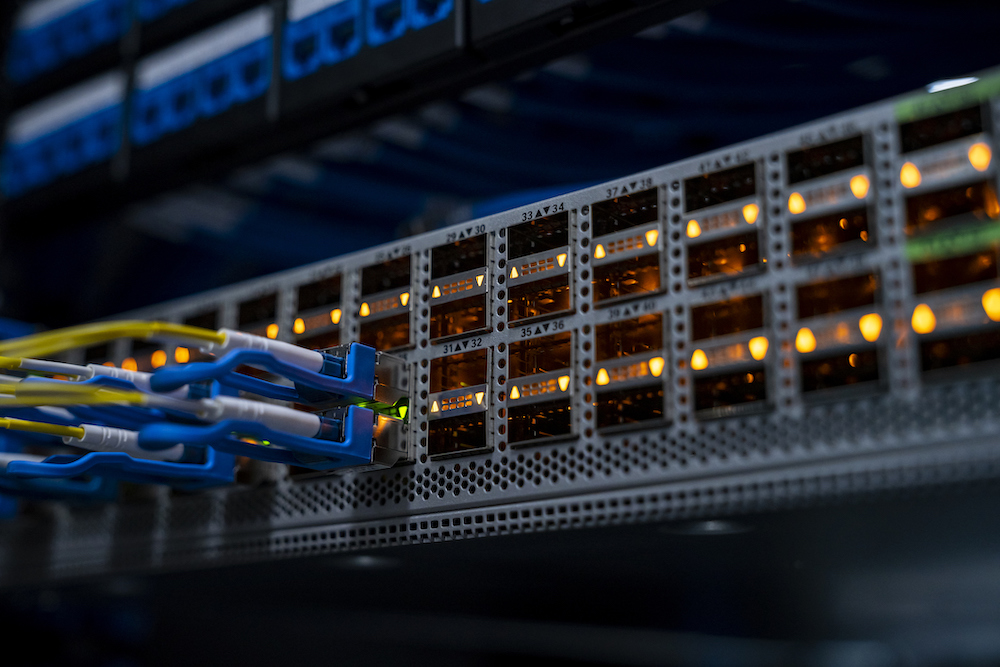Hackers backed by the Chinese government are planting malware into routers that provides long-lasting and undetectable backdoor access to the networks of multinational companies in the US and Japan, governments in both countries said Wednesday.
The hacking group, tracked under names including BlackTech, Palmerworm, Temp.Overboard, Circuit Panda, and Radio Panda, has been operating since at least 2010, a joint advisory published by government entities in the US and Japan reported. The group has a history of targeting public organizations and private companies in the US and East Asia. The threat actor is somehow gaining administrator credentials to network devices used by subsidiaries and using that control to install malicious firmware that can be triggered with “magic packets” to perform specific tasks.
The hackers then use control of those devices to infiltrate networks of companies that have trusted relationships with the breached subsidiaries.
“Specifically, upon gaining an initial foothold into a target network and gaining administrator access to network edge devices, BlackTech cyber actors often modify the firmware to hide their activity across the edge devices to further maintain persistence in the network,” officials wrote in Wednesday’s advisory. “To extend their foothold across an organization, BlackTech actors target branch routers—typically smaller appliances used at remote branch offices to connect to a corporate headquarters—and then abuse the trusted relationship of the branch routers within the corporate network being targeted. BlackTech actors then use the compromised public-facing branch routers as part of their infrastructure for proxying traffic, blending in with corporate network traffic, and pivoting to other victims on the same corporate network.”
Most of Wednesday's advisory referred to routers sold by Cisco. In an advisory of its own, Cisco said the threat actors are compromising the devices after acquiring administrative credentials and that there’s no indication they are exploiting vulnerabilities. Cisco also said that the hacker’s ability to install malicious firmware exists only for older company products. Newer ones are equipped with secure boot capabilities that prevent them from running unauthorized firmware, the company said.


 Loading comments...
Loading comments...
